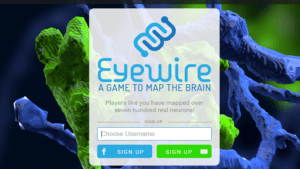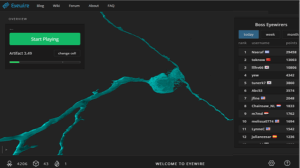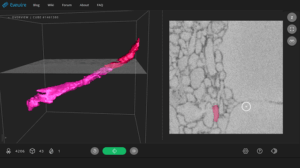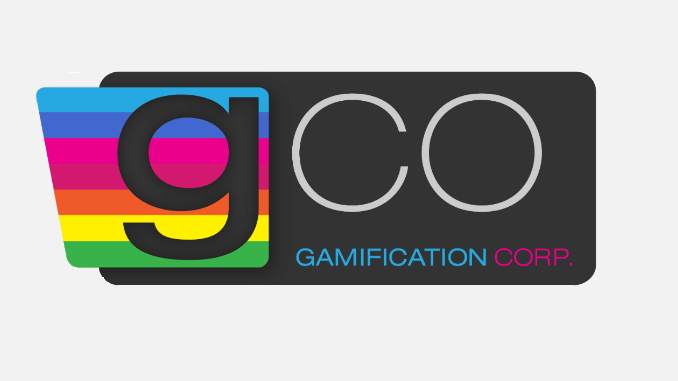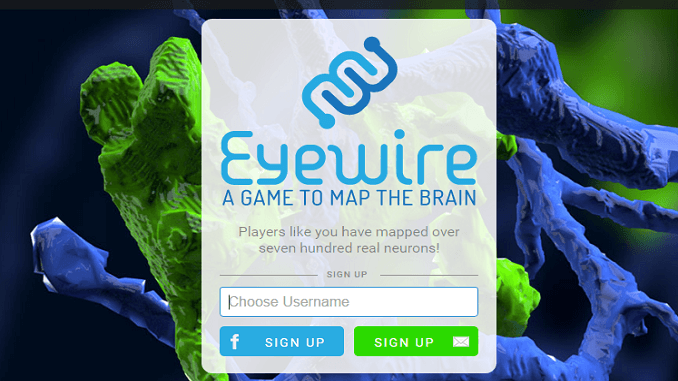EyeWire
In EyeWire, players are challenged to map branches of a neuron from one side of a cube to the other in a 3D puzzle. Players scroll through the cube and reconstruct neurons with the help of an artificial intelligence algorithm developed at Seung Lab in Princeton University. EyeWire gameplay advances neuroscience by helping researchers discover how neurons connect to process visual information. The game is played by over 200,000 people from 145 countries.
casual | 3D puzzle | neuroscience | computer (browser)
Articles

Eyewire researchers and gamers discover six new neuron types
With the help of a quarter-million video game players, Princeton researchers have created and shared detailed maps of more than 1,000 neurons — and they’re just getting started. “Working with Eyewirers around the world, we’ve […]

Scientific American – on Citizen Science Games
Can You Diagnose Dementia from a Gaming App? By Bahar Gholipour on November 18, 2016 SAN DIEGO—You are guiding a ship through rough waters. On your way you may encounter magical creatures. You can snap […]
Publications

To Help or HinderReal-time Chat in Citizen Science
Abstract: In this paper we investigate the implications of providing a real-time messaging interface in a Web-based citizen science game. Our study draws on data from two weeks of chat messages and survey responses collected […]

Addressing Big Data Challenges in Neuroscience
Global neuroscience projects are producing big data at an unprecedented rate that informatic and artificial intelligence (AI) analytics simply cannot handle. Online games, like Foldit, Eterna, and Eyewire and now a new neuroscience game, Mozak—are fueling a people-powered research science (PPRS) revolution, […]
Interviews

Excerpt of the Q&A with Sebastian Seung about the game Eyewire
What is a connectome, and why does it matter? Look inside the mind with Sebastian Seung in this Q&A, originally published in Time. Sebastian Seung is a multi-disciplinary expert whose research efforts have spanned the […]
